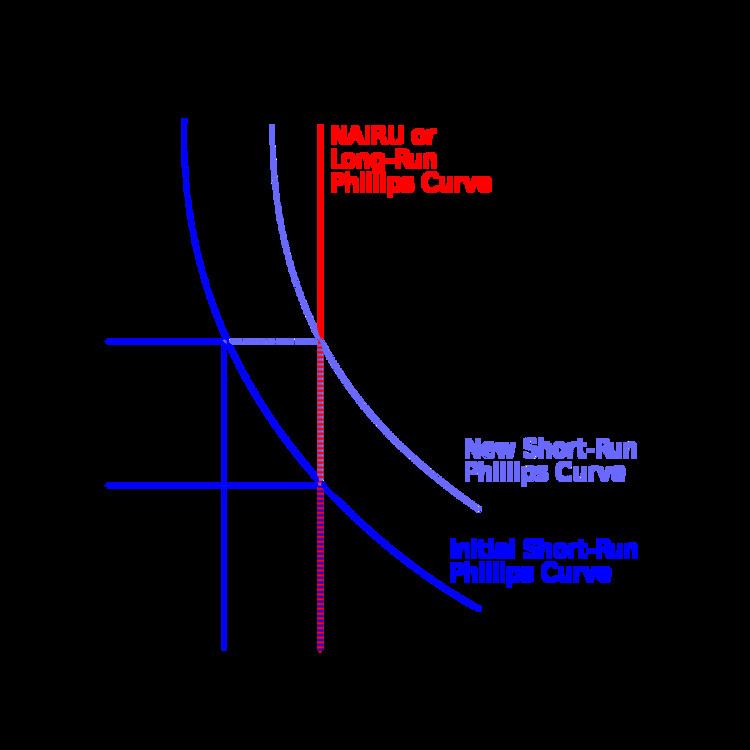 | ||
Demographic economics or population economics is the application of economic analysis to demography, the study of human populations, including size, growth, density, distribution, and vital statistics.
Contents
Aspects of the subject include
Other subfields include measuring value of life and the economics of the elderly and the handicapped and of gender, race, minorities, and non-labor discrimination. In coverage and subfields, it complements labor economics and implicates a variety of other economics subjects.
Subareas
The Journal of Economic Literature classification codes are a way of categorizing subjects in economics. There, Demographic Economics is paired with Labor Economics as one of 19 primary classifications at JEL: J. It has 8 subareas, which are listed below with JEL-code links to corresponding available article-preview links of The New Palgrave Dictionary of Economics (2008) Online:
JEL: J10 (all) – GeneralJEL: J11 – Demographic Trends and ForecastsJEL: J12 – Marriage; Marital Dissolution; Family StructureJEL: J13 – Fertility; Family Planning; Child Care; Children; YouthJEL: J14 – Economics of the Elderly; Economics of the HandicappedJEL: J15 – Economics of Minorities and Races; Non-labor DiscriminationJEL: J16 – Economics of Gender; Non-labor DiscriminationJEL: J17 – Value of life; Foregone IncomeJEL: J18 – Public Policy.